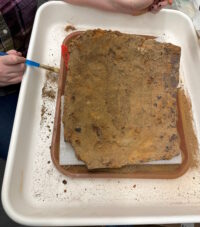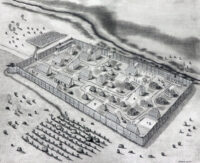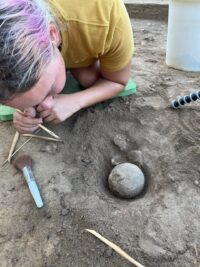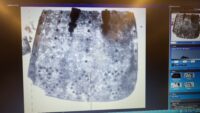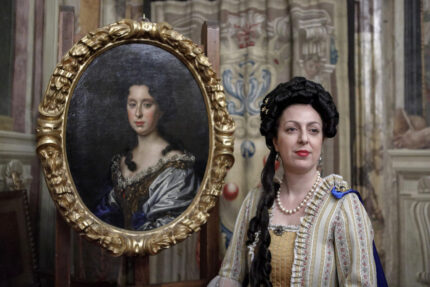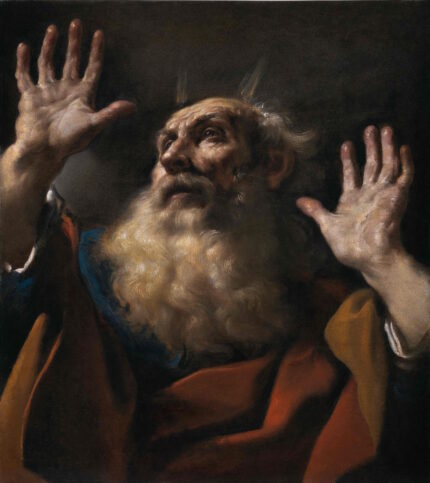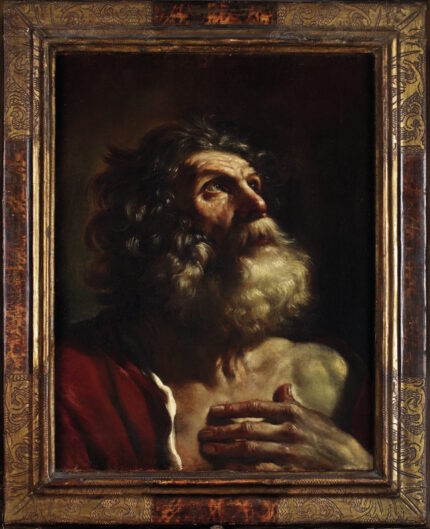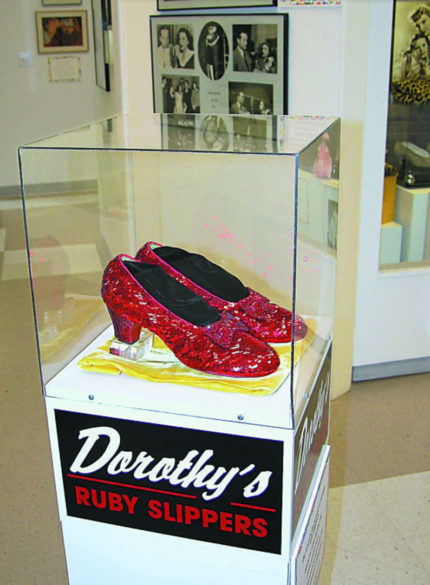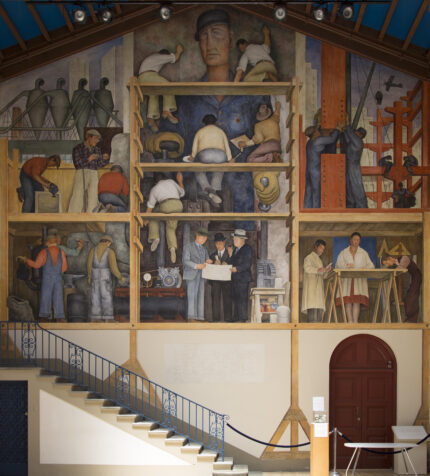 Diego Rivera’s masterpiece of self-reference, The Making of a Fresco Showing the Building of a City, a mural on the wall of the San Francisco Art Institute (SFAI) campus that was at risk of being sold off when the institute defaulted on a bank loan, has been saved by a nonprofit organization.
Diego Rivera’s masterpiece of self-reference, The Making of a Fresco Showing the Building of a City, a mural on the wall of the San Francisco Art Institute (SFAI) campus that was at risk of being sold off when the institute defaulted on a bank loan, has been saved by a nonprofit organization.
In debt to the tune of $20 million, the San Francisco Art Institute declared bankruptcy in April of last year. That summer, the bank announced it would sell the institute’s collateral, namely all of its facilities down to the bricks, with Diego Rivera’s two-story mural, appraised at $50 million, as the juiciest plum. It would have been sold on its own to the highest bidder who could then dismantle it and move it out of the old facility and even outside the city.
The plan caused an outcry from the arts community and historical preservationists. The city’s Board of Supervisors quickly stepped in to grant the mural landmark status, immediately blocking any alterations to the fresco not approved by San Francisco’s Historic Preservation Commission. The everything-must-go firesale was officially off.
The new nonprofit, funded by philanthropist Laurene Powell Jobs, widow of Steve Jobs, formed an LLC to buy the two-acre campus on Russian Hill, negotiating a price of $30 million, including the fresco, which is a bargain considering the property was valued at $40 million not counting the Rivera mural. The nonprofit plans to use the campus as an arts institution, possibly with artists-in-residence, administered by an advisory committee that includes Jobs and local leaders of the arts.
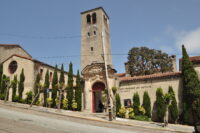 Those plans are a long ways off, however, because the campus is in dire need of renovations. The full extent of the repairs are not yet known. The facilities are certainly in poor shape, as the SFAI was too broke at the end of its life to maintain them properly and it was abandoned entirely after foreclosure. The red clay tile roof is leaking and the departing staff left behind office equipment that will need to be cleared, but that’s just the tip of the iceberg.
Those plans are a long ways off, however, because the campus is in dire need of renovations. The full extent of the repairs are not yet known. The facilities are certainly in poor shape, as the SFAI was too broke at the end of its life to maintain them properly and it was abandoned entirely after foreclosure. The red clay tile roof is leaking and the departing staff left behind office equipment that will need to be cleared, but that’s just the tip of the iceberg.
“We’re energized by the tremendous community support we’ve seen for restoring the site, keeping the mural in place, and reopening as a nonprofit arts institution that will bring in a dynamic new generation of artists,” [Brenda Way, founder and artistic director of San Francisco’s Oberlin Dance Collective and advisory committee member,] said in a statement to the Chronicle. “We’re building on a brilliant cultural history and looking toward a boundless artistic future, one that will affect and be affected by the vibrant culture of San Francisco. Now the real work begins.”
That work includes addressing heavily deferred maintenance at the property, the extent of which has yet to be fully investigated. The group’s spokesperson estimated that restoring the campus will require about two to four years of construction activities, and that a full assessment must be still conducted “before we can be more specific.”
